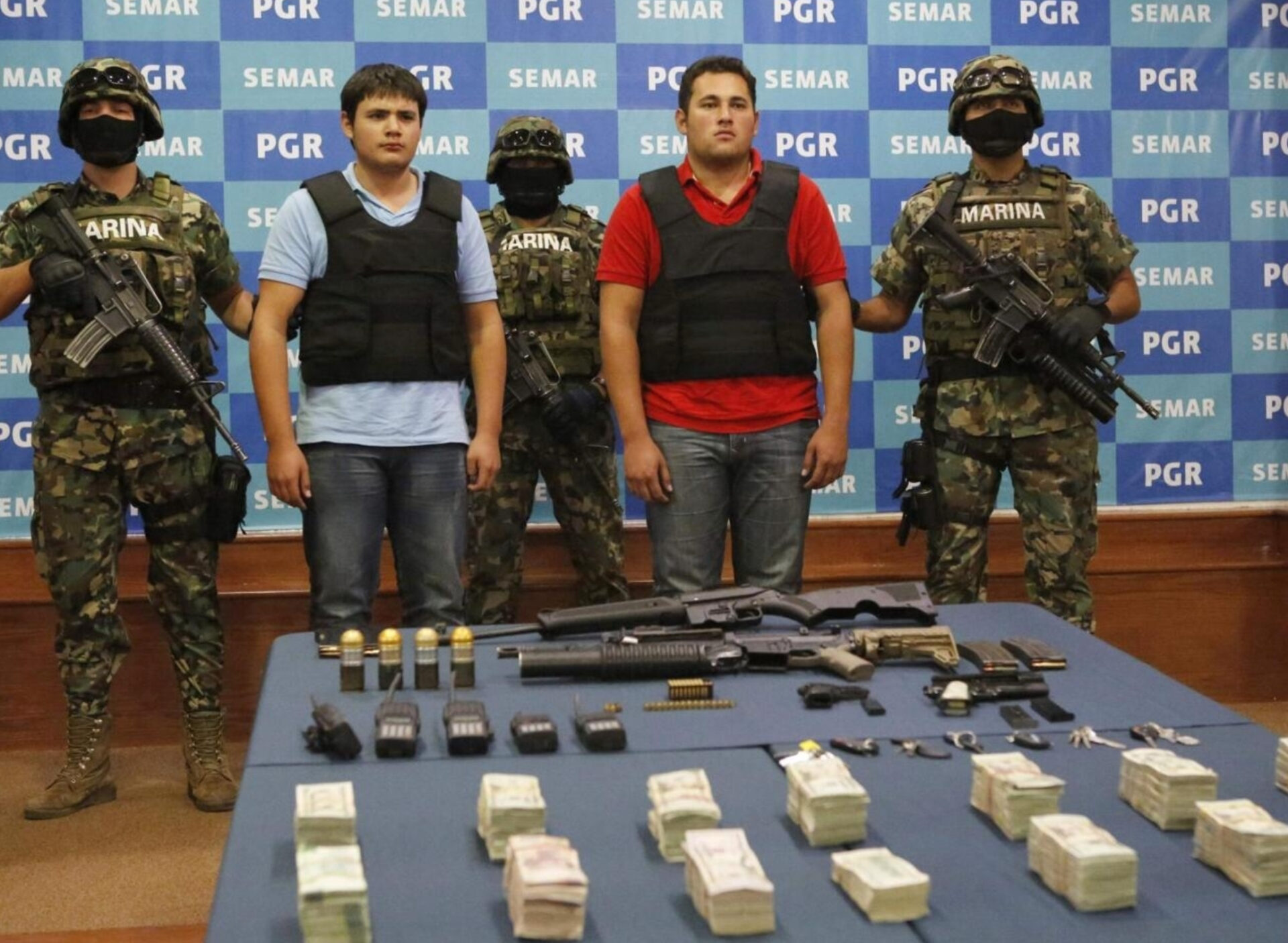There is no state, province, department, district, or locality in the Latin American region that can be more famous today than Sinaloa, much like Medellín or Cali once were.
This region in northwestern Mexico, covering about 30,000 square kilometers, is blessed by nature with its eleven rivers, generous agricultural valleys, over 600 kilometers of coastline and the Sierra Madre Occidental, rich in mineral and forest resources, providing work and sustenance to its more than 3 million inhabitants.
While these natural features are enough to recognize it as Mexico’s breadbasket and a major food producer, it is not for this that it is known worldwide, but rather for its recurring association with the world of drug trafficking and its legendary kingpins, which have been the subject of myths, ballads, movies, books and series.
Today, Sinaloa is at the center of impactful news due to the capture, kidnapping, or possibly negotiated surrender—it is not entirely clear—of kingpins from the so-called Sinaloa Cartel to the United States government.
Ismael “El Mayo” Zambada García and Joaquín Guzmán López, son of the legendary Joaquín “El Chapo” Guzmán, are in U.S. prisons awaiting trial for drug trafficking. The circumstances surrounding their arrest are unclear. On July 25th, in Culiacán, the state capital, a Cessna plane departed for Santa Teresa, New Mexico. Federal agents were waiting there to arrest them and transfer them to prisons in El Paso and Chicago.
This event would have been just another instance of collaboration between the judicial authorities of Mexico and the United States if it weren’t for the fact that, according to President López Obrador, he was not informed about the arrest of Ismael Zambada. This raises a series of questions about whether the arrests were the result of a betrayal or were carried out directly by U.S. agents on Mexican soil, violating national sovereignty—or perhaps a mix of both.
For two weeks, López Obrador demanded information from the U.S. government without receiving any response, fueling suspicions that federal agents had acted on their own accord. This led U.S. Ambassador in Mexico, Ken Salazar, told the press that his government had nothing to do with it and that it was all the result of a kidnapping orchestrated by Guzmán López to take away the freedom of El Mayo, also known as “boss of bosses.”
The next day, Ismael Zambada’s lawyer released a letter signed by his client, narrating what happened and agreeing with Ken Salazar’s version: He was overpowered by Guzmán Salazar’s gunmen and forcibly put on the plane that would take him to the New Mexico border.
But the letter said more. He had been summoned to a meeting in the suburbs of Culiacán with Governor Rubén Rocha Moya and newly-elected federal deputy Héctor Melesio Cuén Ojeda to mediate the conflict between them two, which had been ongoing for nearly two years, over political control of the Autonomous University of Sinaloa (UAS). For the governor—from the ruling party Morena—this would be the culmination of an autocratic project to capture the state’s public institutions. According to this version, Cuén Ojeda was allegedly murdered in the context of the mentioned meeting and the same could have happened to Zambada García’s escort.
A commander working for the state attorney general’s office, sparked speculation, especially when this institution offered the press a video in which presumed gunmen on motorcycles allegedly killed Cuén Ojeda at a gas station in northern Culiacán. However, this video turned out to be staged, according to the investigations by Mexico’s Attorney General’s Office. In that video, besides the gunmen, two police patrol cars with their sirens on are seen, whose occupants do not intervene and leave immediately after the assassination of the former UAS rector.
In light of these events, which have led to Governor Rocha Moya being labeled as a narco-politician, President López Obrador, President-elect Claudia Sheinbaum and the association of Morena party governors immediately voiced their support for his innocence. This has been interpreted as pressure on the Attorney General’s Office, which has taken over the case to investigate it, given the conflict of interest that the Sinaloa government has due to its involvement in the trust issue.
In the end, this Sinaloa of the eleven rivers, with its green valleys, is the scene of an alleged betrayal in the narco world, an expression of narco-politics that has led to the capture of territory and institutions and a crisis of trust in bilateral relations between the two countries.













